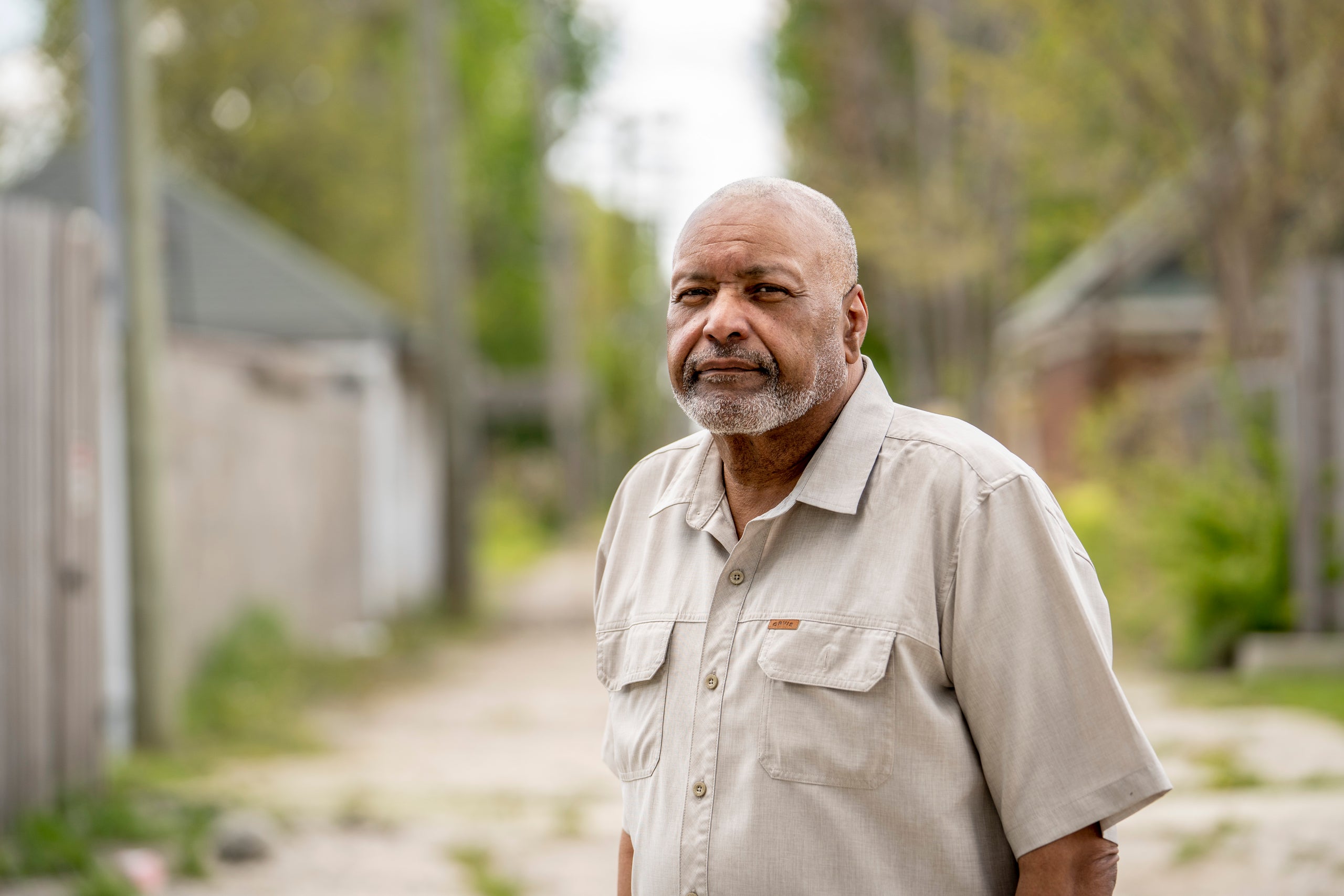DETROIT ― Phil Talbert is standing in a strip mall parking lot, trying to stay warm on a raw April morning while he promotes COVID-19 shots to the unvaccinated. And he is not having much luck.
Talbert, 61, leads a group of vaccine “street teams” that Michigan officials have dispatched to one of America’s poorest, Blackest cities. He is part of a project management and community outreach firm that has worked with the state before ― and in that respect, at least, the vaccination campaign is just another contract job.
But Talbert is Black and lives about a mile and a half away from this neighborhood, between downtown and the city’s west side. He has watched loved ones battle the disease, including two friends and three family members who lost their fights. “We are all from Detroit,” he says. “This is our community.”
With a clipboard in hand and a hooded sweatshirt pulled up around his neck, Talbert does his best to project a social presence from behind his mask. But just starting conversations is a challenge. A woman in a red sweatshirt and black leggings shoos him away, saying, “Don’t want it, don’t know what’s in it.” A uniformed security guard from nearby Henry Ford Hospital pulls up his squad car and practically closes the car door in Talbert’s face. Next is another hospital employee, a woman who politely shuts down the conversation, saying she wants to wait to learn more.

“I tried talking to her,” Talbert says with a shrug. “She’s at the hospital; she sees it. But she didn’t trust [the vaccine].”
Finally, Talbert manages to engage Claude Searles, a former autoworker dressed in fatigues, on his way to the convenience store. He says he hasn’t gotten the vaccine, but he listens as Talbert runs through the street team’s talking points, emphasizing protecting loved ones. Eventually, Searles takes a card with information about local vaccine sites, including a nearby federal clinic requiring appointments.
Searles tells me afterward he is thinking about going ― not for himself, but his mother, because he doesn’t want to get sick and infect her. A few minutes later, he is back, this time with a friend who, to Talbert’s delight, is also interested in hearing more. By this point, Talbert has been at it for about 30 minutes. It’s a lot of time and effort for the sake of two “maybes.” But there may be no alternative to this kind of persistence and patience when it comes to reducing the Black-white gap in COVID-19 shots in Detroit and the rest of America.
